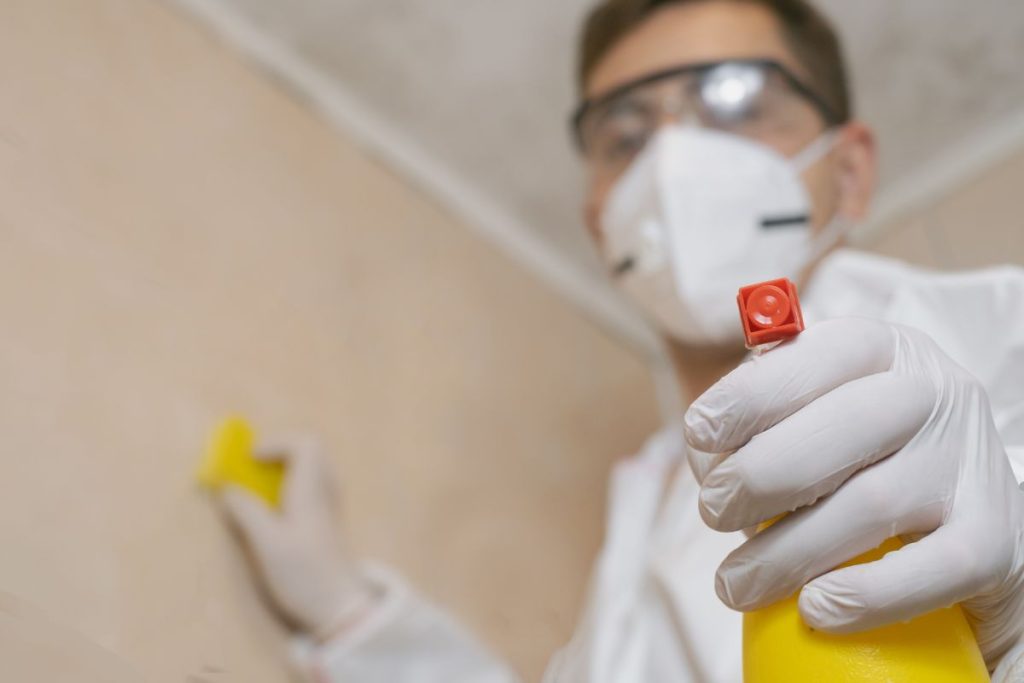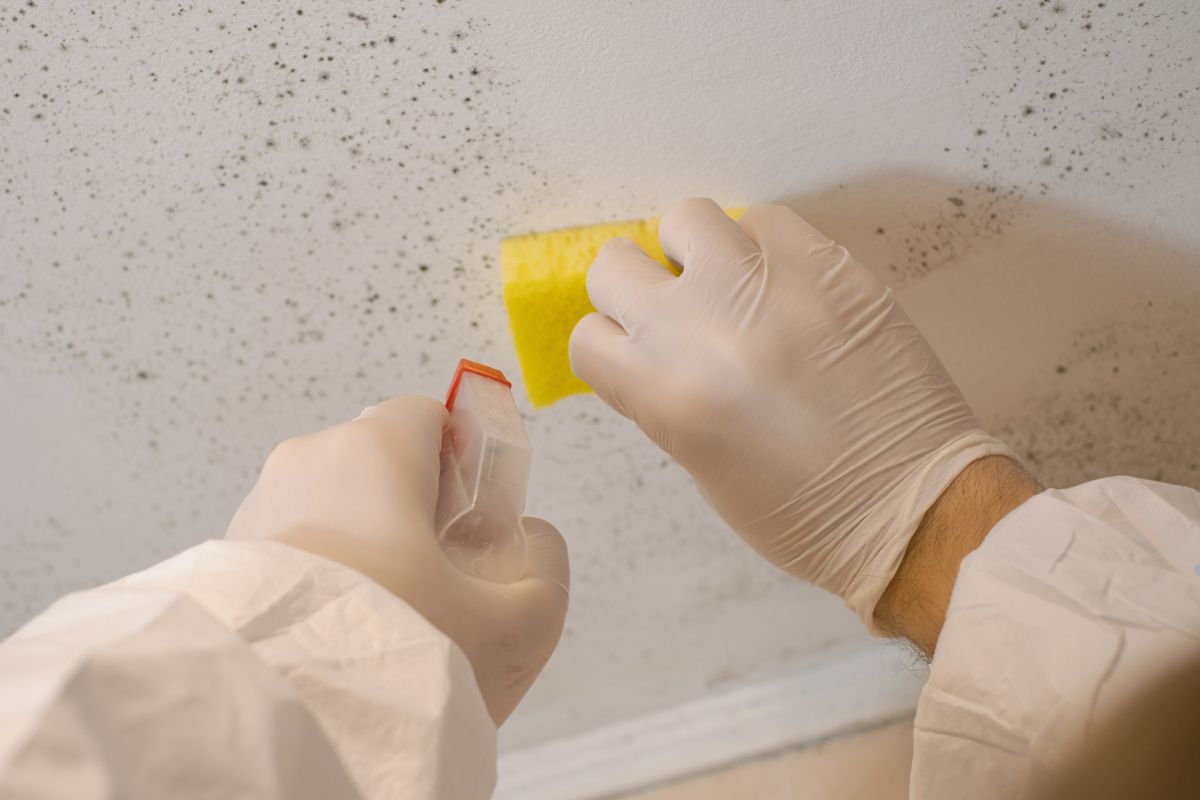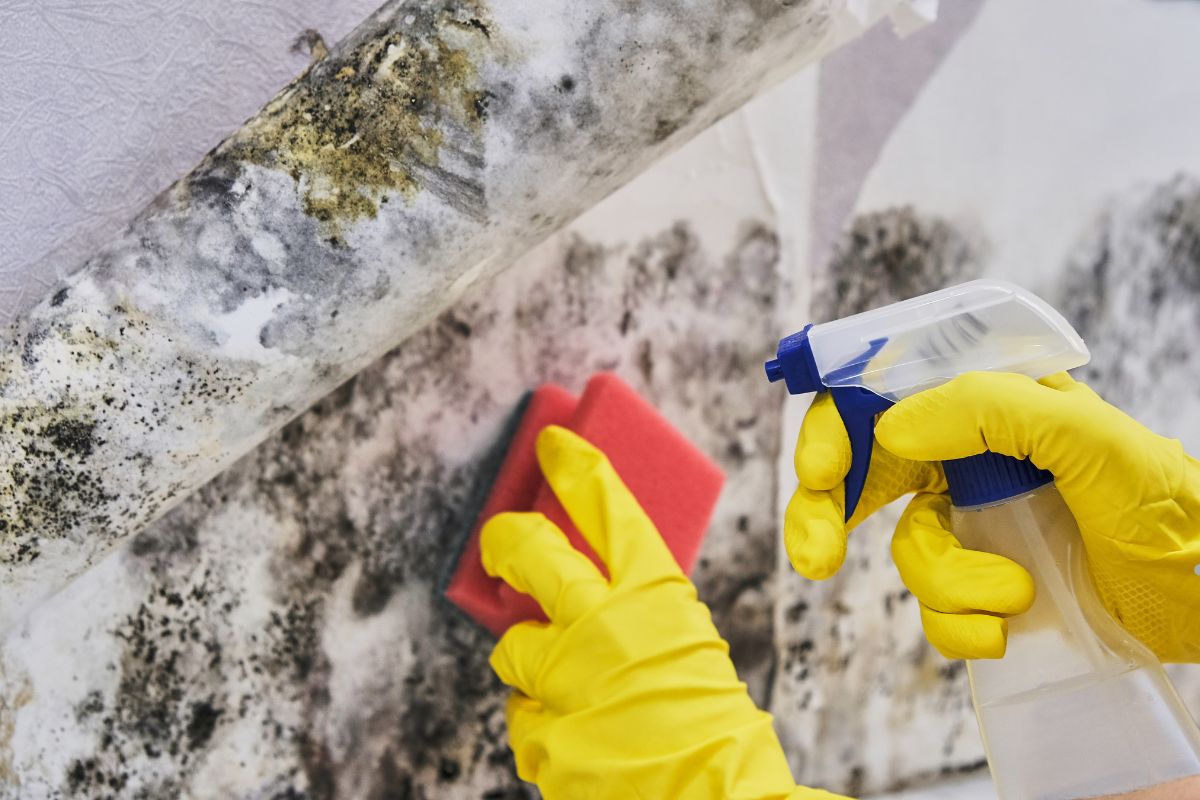
Is your home plagued by mold? Knowing the difference between mold removal and mold remediation is crucial. While mold removal simply addresses the visible mold, mold remediation is a comprehensive process that identifies and eliminates the source of the problem, preventing future growth and protecting your health. This article will break down the key differences, helping you choose the right approach for a mold-free home.
Understanding Mold: A Common Household Problem
Mold is a common occurrence in many households, particularly in areas with high humidity or previous water damage. It thrives on organic materials like drywall, wood, and even dust. While some mold is harmless, others can trigger allergic reactions, respiratory problems, and other health issues. Ignoring mold is not an option; addressing it promptly and correctly is vital for a healthy living environment.
Defining Key Terms
Mold Removal: A Seemingly Simple Solution
Mold removal typically involves cleaning or removing visible mold from surfaces. This may involve using household cleaners, bleach solutions, or other disinfectants. While this can improve the appearance of the affected area, it doesn’t address the underlying cause of the mold growth. Think of it as treating the symptom without curing the disease. It’s a surface level fix.
Mold Remediation: A Comprehensive Approach
Mold remediation, on the other hand, is a much more thorough and involved process. It aims to identify and eliminate the source of moisture that’s fueling the mold growth, as well as removing existing mold and preventing future growth. This process often includes containment, air filtration, and the use of specialized cleaning agents. It’s a long-term solution focused on creating a healthy indoor environment.
Is mold taking over your home? Don’t wait for it to worsen. Take action now! Call Us for expert mold remediation services and breathe easier knowing your home is mold-free.
The Core Differences
Scope of Work: Surface vs. Source
The primary difference lies in the scope of work. Mold removal focuses on the visible mold on the surface, while mold remediation targets the root cause – the moisture source. Remediation involves investigating leaks, fixing plumbing issues, improving ventilation, and addressing any factors contributing to dampness.
Long-Term Effectiveness: Temporary Fix vs. Lasting Solution
Because mold removal only deals with the symptoms, it often provides only temporary relief. If the moisture problem persists, the mold will likely return. Mold remediation, by addressing the source, aims to provide a lasting solution, preventing future mold growth and protecting your home in the long run.
Professional Standards and Regulations: DIY vs. Certified Experts
Mold removal can often be a DIY project, although it’s important to take precautions to protect yourself from exposure. Mold remediation, however, is best left to certified professionals who have the training, equipment, and expertise to handle mold safely and effectively. Organizations like the IICRC (Institute of Inspection, Cleaning and Restoration Certification) offer certifications for mold remediators.
The Mold Remediation Process in Detail

Step 1: Mold Inspection and Assessment
The first step in mold remediation is a thorough inspection and assessment of the affected area. This may involve visual inspection, moisture testing, and air quality testing to determine the type of mold and the extent of the problem.
Step 2: Containment
To prevent the spread of mold spores during the remediation process, the affected area is typically contained using plastic sheeting and negative air pressure. This creates a controlled environment and prevents mold spores from contaminating other parts of the home.
Step 3: Mold Removal and Cleaning
The next step involves removing and cleaning mold-affected materials. This may involve removing drywall, carpeting, or other materials that cannot be effectively cleaned. Surfaces are then cleaned with antimicrobial solutions and HEPA vacuumed to remove any remaining mold spores.
Step 4: Moisture Control and Prevention
Addressing the moisture source is the most crucial step in mold remediation. This may involve repairing leaks, improving ventilation, or installing a dehumidifier to control humidity levels. Without addressing the moisture problem, mold will inevitably return.
Step 5: Post-Remediation Verification
After the remediation process is complete, it’s important to conduct post-remediation testing to ensure that the mold problem has been successfully addressed. This may involve air quality testing to verify that mold spore levels are within acceptable limits.
Protect your home from mold growth and water damage with our expert solutions. Our Mold and Water Services provide thorough inspection, remediation, and prevention to ensure a safe and healthy living environment.
When to Choose Mold Removal vs. Mold Remediation

DIY Mold Removal: Is it Ever Appropriate?
DIY mold removal might be appropriate for small, contained areas of mold growth, such as a small spot on a bathroom tile. However, it’s important to identify the type of mold and take precautions to protect yourself from exposure. Always wear gloves, a mask, and eye protection when cleaning mold.
When Professional Remediation is Essential
Professional mold remediation is essential in several situations, including:
- Large infestations (greater than 10 square feet)
- The presence of toxic mold (such as black mold)
- When occupants experience respiratory problems or allergic reactions
- When the source of the moisture problem is unknown or difficult to access
Cost Considerations
Factors Affecting the Cost of Mold Remediation
The cost of mold remediation can vary depending on several factors, including:
- The size of the affected area
- The type of mold
- The extent of the damage
- The complexity of the remediation process
It’s important to get multiple quotes from reputable mold remediation companies to compare prices and services.
Don’t let cost worries prevent you from taking care of a mold issue. We offer competitive pricing and financing options to make mold remediation accessible for all. Call Us to discuss your budget and needs.
Finding a Qualified Mold Remediation Professional
What to Look for in a Mold Remediation Company
When choosing a mold remediation company, be sure to look for the following:
- Certification from a reputable organization like the IICRC
- Insurance and licensing
- Experience and a proven track record
- Positive customer reviews
- A clear and detailed remediation plan
Tips for Preventing Mold Growth in Your Home
Preventing mold growth is always the best approach. Here are a few tips:
- Control moisture by repairing leaks and improving ventilation
- Use dehumidifiers in damp areas
- Clean and dry any water damage promptly
- Regularly inspect your home for signs of mold growth
Protecting Your Health and Home: Choosing the Right Approach
Understanding the difference between mold removal and mold remediation is crucial for protecting your health and home. While mold removal may be appropriate for small, contained areas, mold remediation is a comprehensive solution that addresses the root cause of the problem and prevents future growth. When in doubt, it’s always best to consult with a qualified mold remediation professional.
Common Questions About Mold Removal and Remediation
Is all mold dangerous?
Not all mold is equally dangerous. Some molds are allergenic, meaning they can trigger allergic reactions in sensitive individuals. Others are pathogenic, meaning they can cause infections in people with weakened immune systems. And some molds are toxigenic, meaning they produce toxins that can be harmful to humans.
Can I just paint over mold?
No, painting over mold is not a solution. It only covers up the problem and doesn’t address the underlying moisture source. The mold will likely continue to grow underneath the paint and eventually reappear.
Will my homeowners insurance cover mold remediation?
Whether or not your homeowners insurance will cover mold remediation depends on the cause of the mold. If the mold is caused by a covered peril, such as a burst pipe, your insurance may cover the cost of remediation. However, if the mold is caused by negligence or lack of maintenance, it may not be covered.
How long does mold remediation take?
The timeframe for mold remediation can vary depending on the severity of the problem. Simple remediation projects may take a few days, while more complex projects may take a week or longer.
What are the signs of mold in my house?
Common signs of mold include visible mold growth, a musty odor, and water damage.
This article provides a complete overview of mold removal and remediation and is ready for publication on your website. Remember to replace the bracketed information with your business’s contact information and relevant internal/external links. Good luck! Ensure a mold-free and healthy home with the right approach! Contact us today for expert mold remediation services and professional guidance.

